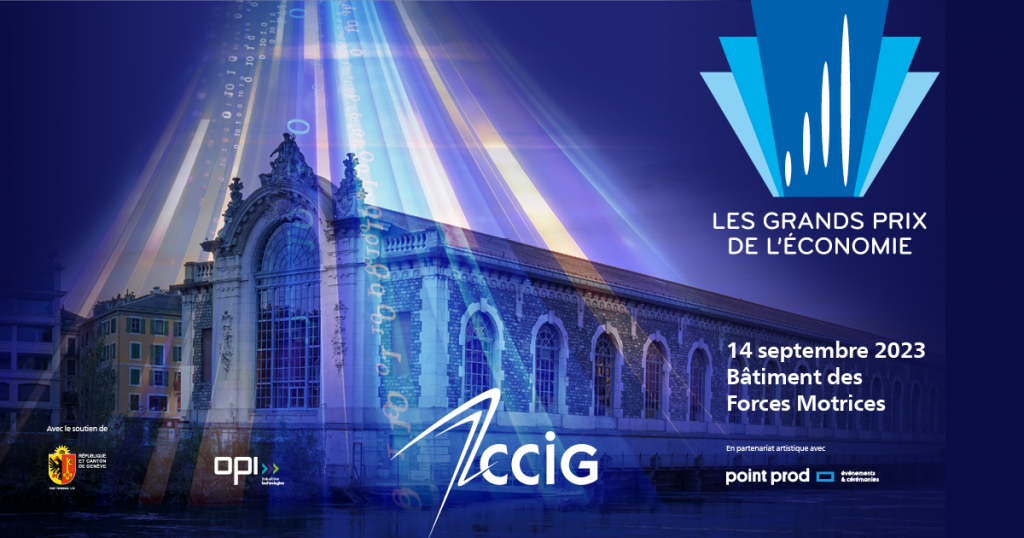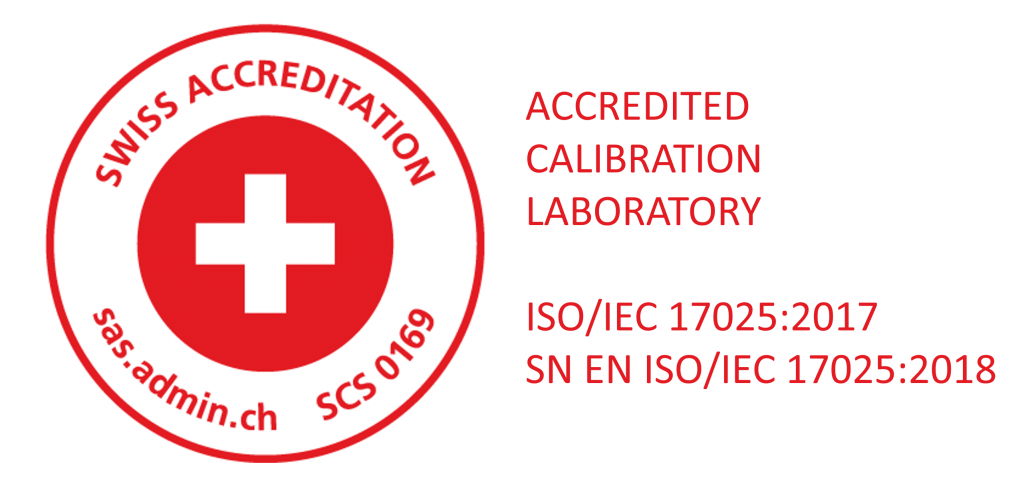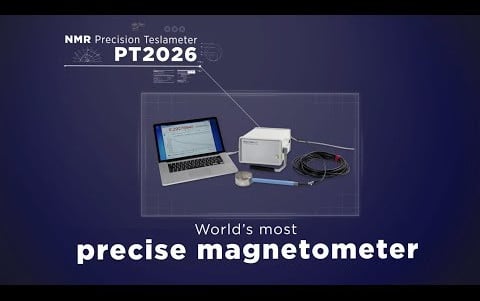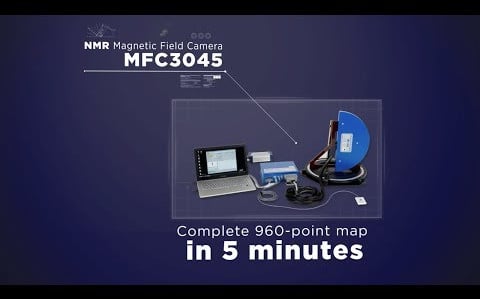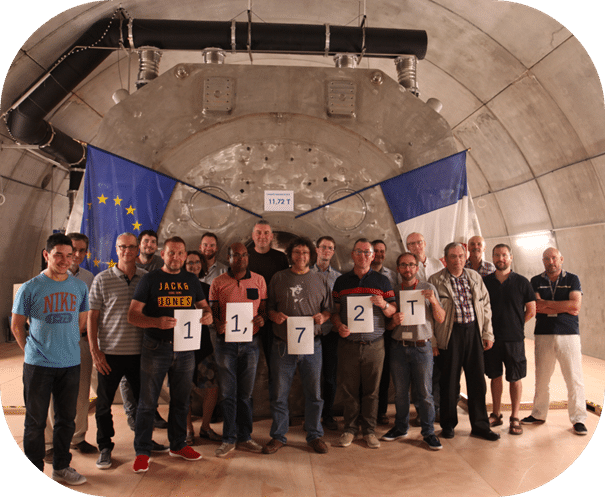
CEA/Irfu team in front of Iseult magnet, Dr. Lionel Quettier last to the right © CEA
In this exclusive interview with Metrolab, Dr. Lionel Quettier from the Institute of Research into the Fundamental Laws of the Universe (Irfu) at The Commission for Atomic Energy and Alternative Energies (CEA), discusses the development of their large whole-body Magnetic Resonance Imaging (MRI) magnet, known as ‘Iseult’ for the research center NeuroSpin. Dr. Quettier describes the challenges in creating Iseult, as well as the benefits of obtaining MR images in a field of 11.7 teslas (T).
– Metrolab: Can you describe NeuroSpin in a few words?
– Dr. Quettier: NeuroSpin is a large neuroimaging laboratory that aims to understand how the brain works by pushing the limits of MR Imagers. In addition to Iseult, the research center also has several industrial MRIs used for taking human images using a smaller magnetic field, including an almost off-the-shelf 3 T MRI scanner and a whole-body Siemens 7 T MR imager. We also have a 17 T magnet that we use for rodents. Among these imagers, Iseult stands out, with its magnetic field of 11.7 T and its 90 cm aperture.
“gain a factor of 10 and achieve a resolution of roughly 1/10th of an mm”
– Metrolab: What was the motivation behind Iseult’s inception?
– Dr. Quettier: Denis le Bihan* initiated the Iseult project in the early 2000s intending to develop a new diagnostic tool for the investigation of neurodegenerative disease. In July 2004, Irfu produced a preliminary design of the magnet based on an innovative magnetic design imagined by Prof. Guy Aubert**. A few months later, France and Germany signed the collaboration agreement for the development of this high-field imaging and secured funding for the Iseult project in 2006. Without any company capable or willing to take the lead on the construction of the gigantic magnet, the CEA naturally turned to Irfu. Indeed, Irfu had significant experience in the development, manufacturing, and test of cutting-edge superconducting magnets like HERA and LHC quadrupoles (particle accelerators), Aleph, ATLAS, CMS (particle detectors), or Tore Supra (fusion) to name a few.
Iseult is extremely ambitious. The stronger the magnetic field, the higher the resolution. With a 3 T magnet, the resolution is around 1 mm. With Iseult, we hope to gain a factor of 10 and achieve a resolution of roughly 1/10th of an mm.
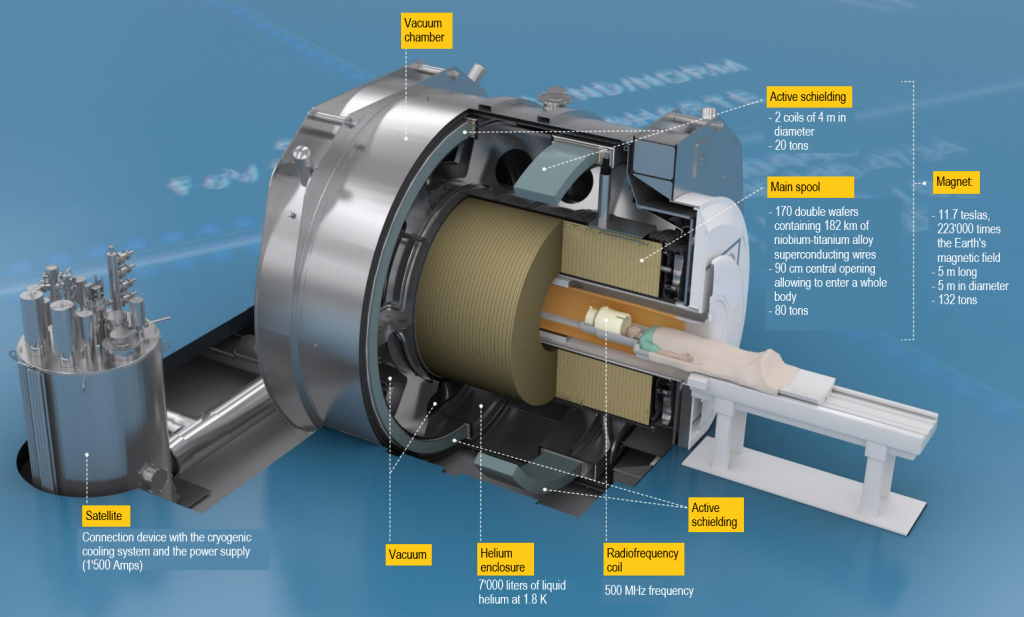
Figure 1: Gigantic MRI magnet Iseult in numbers. © CEA
– Metrolab: And what is the significance of the 90 cm opening?
– Dr. Quettier: The MRI scanner is much more than just a magnet. The larger aperture gives more room for equipment to be positioned inside the bore but situated away from the field of interest: this reduces the risk of interference. For example, we need gradient coils to generate pulsed fields and to measure the Nuclear Magnetic Resonance (NMR). The gradient coils need to be far away from the magnet coils to limit magnetic coupling, which would corrupt the results. Other projects in Korea and the United States, which are also operating at 11.7 T, have a central bore of only 68 cm. The larger bore opens the possibility to image not only the brain but also any other part of the body.
– Metrolab: When did you join the Iseult project?
– Dr. Quettier: Initially, I worked on Iseult between 2005 and 2009, and my work entailed checking the calculations of Prof. Guy Aubert**. In 2009 I moved to the USA for three years. From 2012 to 2015, I returned to follow-up on the manufacture of the magnet in Belfort, France. In 2016, I replaced the project manager, Thierry Schild, who moved to work with the International Thermonuclear Experimental Reactor (ITER). I became responsible for the management of the magnet and its ancillary components, while my colleagues at NeuroSpin manage the complete MRI system installation and commissioning.
– Metrolab: What were the main steps for the magnet’s manufacture?
– Dr. Quettier: Between 2006 and 2010, we ran a Research and Development (R&D) phase to validate the technological concepts used in the magnet. For example, we used an innovative double coil made of superconducting Niobium-Titanium (NbTi) wire. We collaborated with Alstom to develop the superconducting cables.
From the very beginning of the project, we decided to operate the magnet at 1.8 K, a typical temperature for the Large Hadron Collider (LHC) magnets, or the Tore Supra tokamak (CEA Cadarache). However, no other known MRI magnet operates in superfluid helium, so during the R&D phase, we had to investigate the impact of pressure rises, paying attention to the risk of quenching, a source of irreversible damage.
We also studied the mechanical aspects of the system. For example, the cold mass support system, and the shape of the anchors had to be validated. Opposite to the other MRI magnets, we operate Iseult in a driven mode, with an innovative current stabilization system that also required a significant R&D effort.
From 2010 to 2017, the magnet was manufactured in Belfort, France, by Alstom/GE. It was an intense collaboration between the CEA/Irfu and Alstom, with a CEA technician permanently embedded in the Alstom technical crew in the workshop. Iseult would not have happened without the effort of the teams in Alstom, Belfort.
Then on May 19th, 2017, GE delivered the magnet to Saclay, France. Due to the magnet’s size and weight, transfer and installation were not straightforward. Furthermore, we had to set up the facilities for running the magnet, in parallel with the magnet production. These facilities included a cryogenic plant with a cold box, power supplies, controls, and safety systems, as well as back-up batteries in case of a power outage. All that work took us up to October 2018. Then we started the cooling process, which took four months from early November 2018 to early March 2019. We had a mass of approximately 100 tons to cool down from 300 K to 1.8 K.
“gradually raise the magnetic field to reach 11.7 T, which we achieved on July 18th, 2019”
– Metrolab: Four months to cool down. Why did it take so long?
– Dr. Quettier: Although we had the cryogenic capacity to cool faster, we wanted to minimize the thermal gradient through the coils to reduce mechanical stress. So, we set it at 50 K, which is the value usually used on the large detector magnets. By going faster, we risked damaging the magnet.
It took 250,000 liters of liquid nitrogen, and 18,500 liters of liquid helium to fill the magnet and cool it down. Only 7,500 liters of helium remain stored permanently inside the magnet.
– Metrolab: Once at 1.8K, did you raise the magnetic field in the magnet?
– Dr. Quettier: Yes. The next step was to gradually raise the magnetic field to reach 11.7 T, which we achieved on July 18th, 2019. It was a great relief for everyone on the team when we did it. We stayed at 11.7T for only one night, with permanent on-site supervision by CEA personnel because not all the security systems were activated.
We initially planned to raise the field to 11.7 T only once, but some minor issues with the magnetic measurement system meant we had to repeat the process in September 2019. For this second procedure, we coordinated with Metrolab to support the on-site field measurements. The Metrolab Magnetic Field Camera is a new measurement system that allowed us to assess Iseult’s magnetic field. With this support, during the second ramping to 11.7 T, we were able to fine-tune the magnetic field and map it.
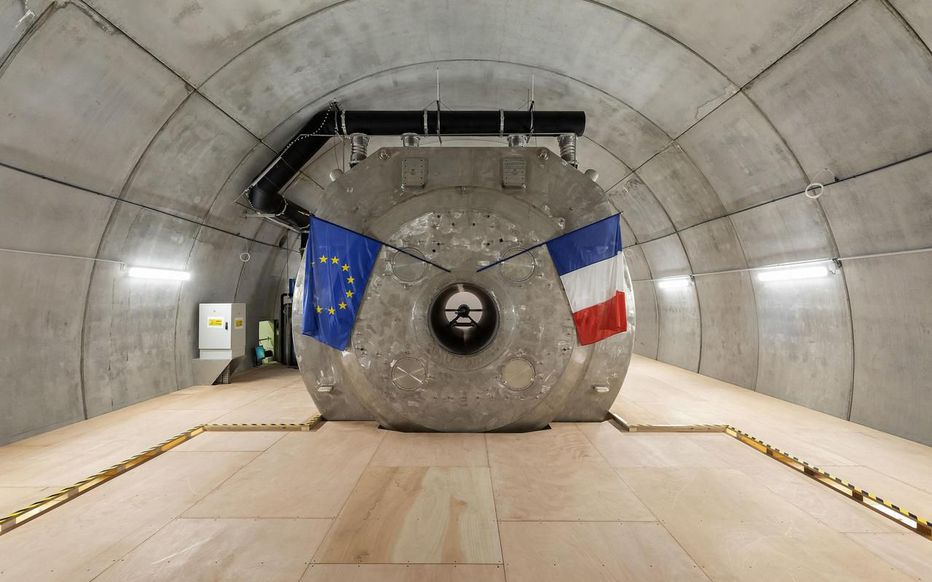
Figure 2: Front view of the magnet after installation in Saclay, France. © Francis Rhodes/CEA
– Metrolab: So, there was and is no equivalent, available magnet field camera to test an 11. 7 T magnetic field.
– Dr. Quettier: Yes, that is true. We achieved several ‘firsts’ for the testing of various pieces of equipment at 11.7 T, including the Metrolab Magnetic Field Camera.
During the manufacturing of the probe-array, we installed best-estimate acquisition parameters on the pulsed-wave NMR probes. The first set of measurements were off. The issue was that the NMR signals measured in the 11.7 T field were saturating the detectors. I went to the CEA in Paris to tune the acquisition parameters, specifically the width, and amplitude of the pulse. Iseult is one of a kind. We could not tune the probe-array in another magnet as we do for 1.5 T or 3 T probe arrays.
Sébastien Benz, Senior Engineer at Metrolab
– Metrolab: Are you satisfied with the initial results?
– Dr. Quettier: Your Metrolab colleague, Sébastien Benz, had to optimize the measurement parameters specifically for Iseult to make the magnetic field measurements (see above).
Regarding measurement quality, the system worked very well. We already owned Metrolab probe-arrays to measure 1.5 T and 7 T, as well as a 2.89T probe-array from Siemens (a partner of the project), so we had already generated field maps for these strengths. When we did the measurements with the 11.7 T probe-array, we achieved what was predicted by the other probe-arrays and what was consistent with results expected based on the geometry of the measured coil.
We will need a very homogeneous, stable field to get an accurate image. Today, we still need to adjust the homogeneity (target of 0.1 ppm) by correcting the magnetic field using iron shims located inside the magnet bore. We also developed a current limiter to control the current running into the magnet. We have to repeat these magnetic measurements for the complete adjustment phase, which will happen in the fall of 2020.
So, the Metrolab magnetic field camera was vital to produce a map of the 11.7 T magnetic field. We also used the central wide-range probe of the probe-array through the night, to measure the stability of the magnetic field and the magnet current. With the wide-range probe, we were also able to confirm the settings, to reach the drift specification of 0.05 ppm per hour. After four hours of testing, the Metrolab probe measured a drift of about 0.04 ppm per hour, so while there are still adjustments to be made, the order of magnitude is there.
“plan to take the first image in April-May 2021”
– Metrolab: When did Metrolab first become involved with Iseult?
– Dr. Quettier: We involved Metrolab from the beginning (see below). Towards the end of the R&D phase, we built a 1.5 T magnet intending to demonstrate that with the manufacturing coiling technique — we use an innovative technique based on double pancakes –, we could achieve enough magnetic field homogeneity to make an MR Imager. We used a classic Magnetic Field Camera from Metrolab to map our magnet. Then we asked Metrolab to develop an 11.7 T mapping system because none was currently available. We chose Metrolab because the methodology with the half-moon probe-array turning on an axis seemed to us the right method to measure the magnetic field.
Metrolab was involved with Iseult from the beginning of the project as we had a long-term relationship with the CEA. When Dr. Lionel Quettier contacted us to develop an 11.7 T probe array, we jumped on board. At that time, we were not able to measure magnetic fields that high with the magnetic field camera MFC3045, but we already had the new generation of precision teslameter, the PT2026, in development. This became the basis of the new generation of magnetic field cameras, the MFC2046.
Pascal Sommer, Technical and R&D Manager, co-founder of Metrolab
– Metrolab: You’re going to be homogenizing the magnetic field in Q1 2020. When do you think you’re going to acquire the first images?
– Dr. Quettier: Currently, we are in the process of installing MRI equipment, such as the Faraday cage, on and around the magnet. This means that we can’t power it on. Starting in 2020, we will put the current back on to adjust the homogeneity of the field. Then we will continue the commissioning of our equipment to reach the “high-availability and high-reliability mode”.
Right now, the cryogenic set-up works without a problem. The system remains unattended outside operating hours, with technical support staff available on-call should an issue arise. However, our protection system is not yet at a level that allows us to leave the magnet unattended at 11.7 T. After thorough tests and validation; the whole MRI system will enter the ‘high-availability and high-reliability mode’.
From April, Siemens will set up their equipment, gradients, antennas, and a treatment bed for patients. Then we will rig out the magnet to look more like an MRI scanner, which takes us to the end of 2020. The goal is to bring back the magnet to 11.7 T with all the MRI equipment, before the end of 2020. We will make our final adjustments in early 2021, and plan to take the first image in April-May 2021.
– Metrolab: You mentioned earlier that two other projects use a similar magnetic field but a smaller inner diameter.
– Dr. Quettier: Because our aperture is 90 cm, we can place substantially sized equipment inside our magnet that would otherwise not fit in magnets with a smaller opening. Iseult is one of a kind, the temperature of the bath is 1.8 K, while the others operate at 2.3 K. It employs an active shielding with no iron, while it takes 750 tons of iron to shield the other magnets passively!
Today the most powerful magnet in operation is 10.5 T with an 88 cm aperture. The team operating this magnet has been making images on humans for a year, and they are still working to improve the resolution.
– Metrolab: Is there an interest from the scientific community to use even higher magnetic fields for humans, or are we reaching the limit?
– Dr. Quettier: We know of two other projects at 14 T, which are in the blueprint phase, one in China and a second in the Netherlands. A project in Heidelberg, Germany, was canceled by a lack of funding.
At the end of commissioning, the NeuroSpin team will take over Iseult to acquire images and examine all the results. Looking to the future, at Irfu, we have other projects in mind, as ambitious and as challenging as Iseult but in different fields of science where high magnetic fields are also required like particle detectors. We will transfer all the technologies and know-how developed during Iseult.
– Metrolab: For us, we also broke new ground. Before our camera and probe development, it would have been impossible to measure fields at the strength Iseult required.
Thank you!
Biography
Lionel Quettier Ph.D. is the Head of the Superconducting Magnet Lab at CEA/Irfu, project leader for the Iseult 11.7 T whole-body MRI magnet at CEA in France.
Ph.D. in Electrical Engineering from the Institut National Polytechnique de Lorraine, France, he has over 15 years of experience in the development of superconducting magnets in the CEA, France, also at Jefferson labs, VA, USA (Sept 2009- Sept 2012).

